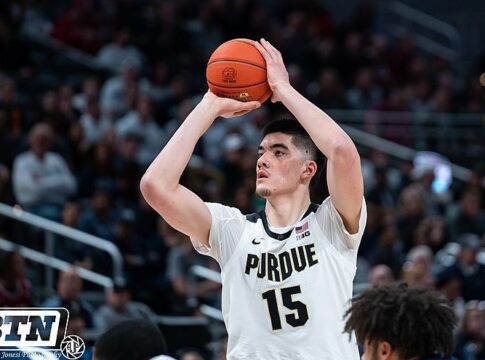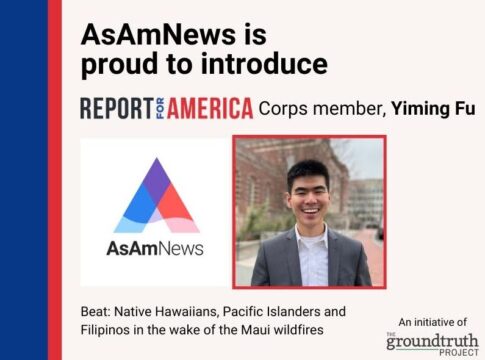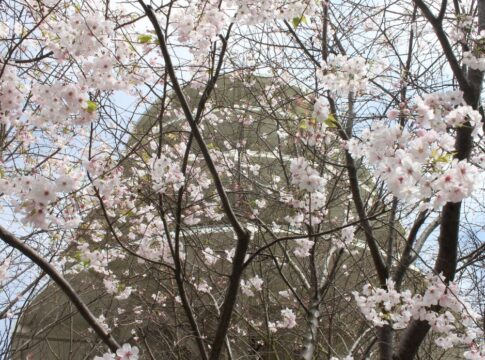by Akemi Tamanaha, Associate Editor
The San Francisco Bay Area community honored James Wakasa on the 80th anniversary of his murder at Topaz, a World War II incarceration camp for Japanese Americans.
Community members gathered at the Japantown Peace Plaza in San Francisco on Tuesday, April 11 to honor Wakasa and the other Japanese Americans who died in World War II incarceration camps. The names of the victims who passed in the incarceration camps were displayed in the plaza. The multi-denominational memorial included a Christian and Konko blessing.
Wakasa was a 63-year-old chef who immigrated from the U.S. to Japan. On April 11, 1943, was walking his dog around Topaz when he was shot and killed by a guard. According to Patrick Hayashi, an incarceree born in Topaz, Wakasa’s was trying to help his dog who had been caught in the barbed wire fence. The guard assumed that Wakasa was trying to escape and shot him.
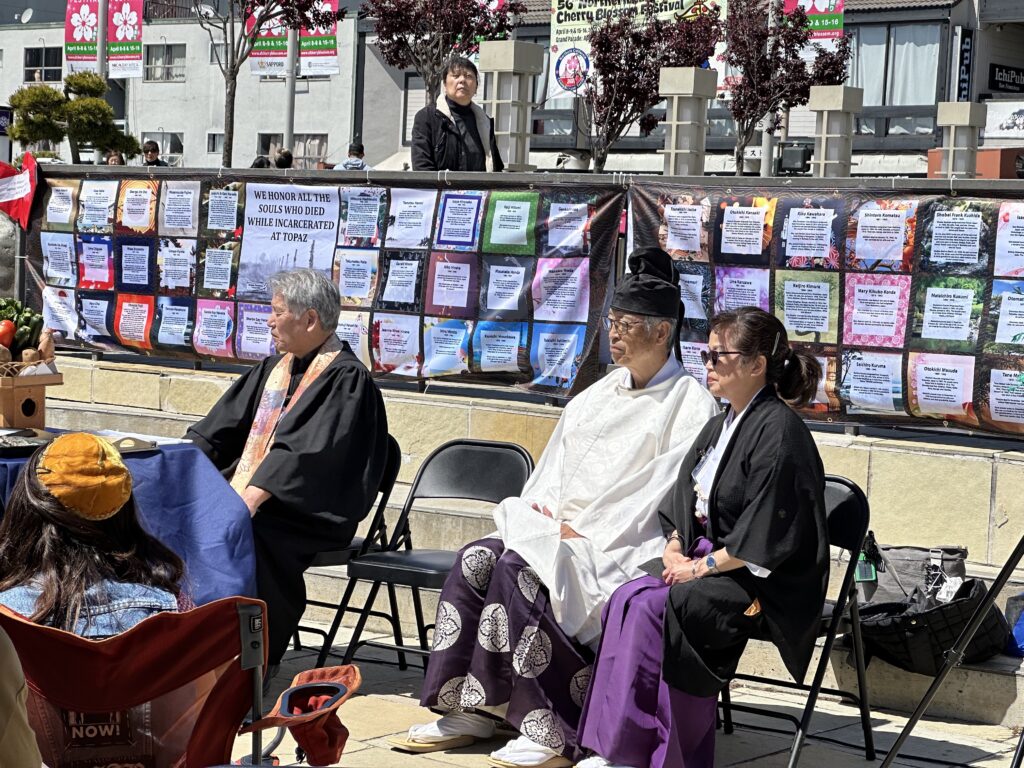
While the U.S. government has acknowledged that the imprisonment of Japanese Americans was unethical and amoral, many government accounts of the camps imply that camp life was largely peaceful. Hayashi says Wakasa’s murder changes that narrative in a “fundamental way.”
LATEST STORIES
“The camps were not safe, benign places were treated where people were treated humanely,” he said at the memorial. “Yes, there were dances and baseball games. But the shot that killed Mr. Wakasa was the 10th shot fired at Topaz. Even after he was killed, guards continued to fire more shots at other prisoners.”
Wakasa’s friends in camp and several other Topaz incarcerees organized a funeral for the chef. Historians believe that over 2,000 people attended.
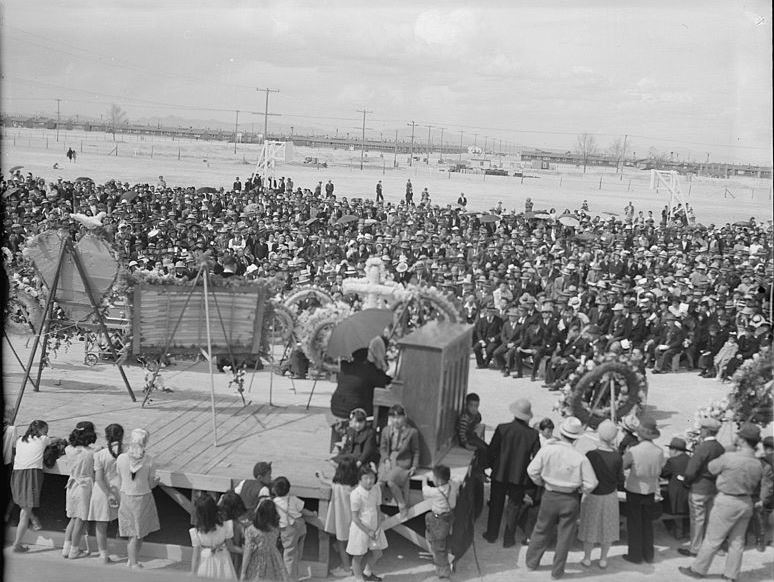
“Just imagine, if you would, the collective trauma, the grief, sadness, anger and yes, even the outrage that was present among the people as they mourn the murder of one of their own,” Rev. Michael Yoshii, a descendant of a Topaz survivor, said at the memorial.
Mourners at Wakasa’s funeral sang a Christian hymn called “Rock for Ages.” Eighty years later, at the Japantown memorial, Bay Area artist played a rendition of the song on his saxophone.
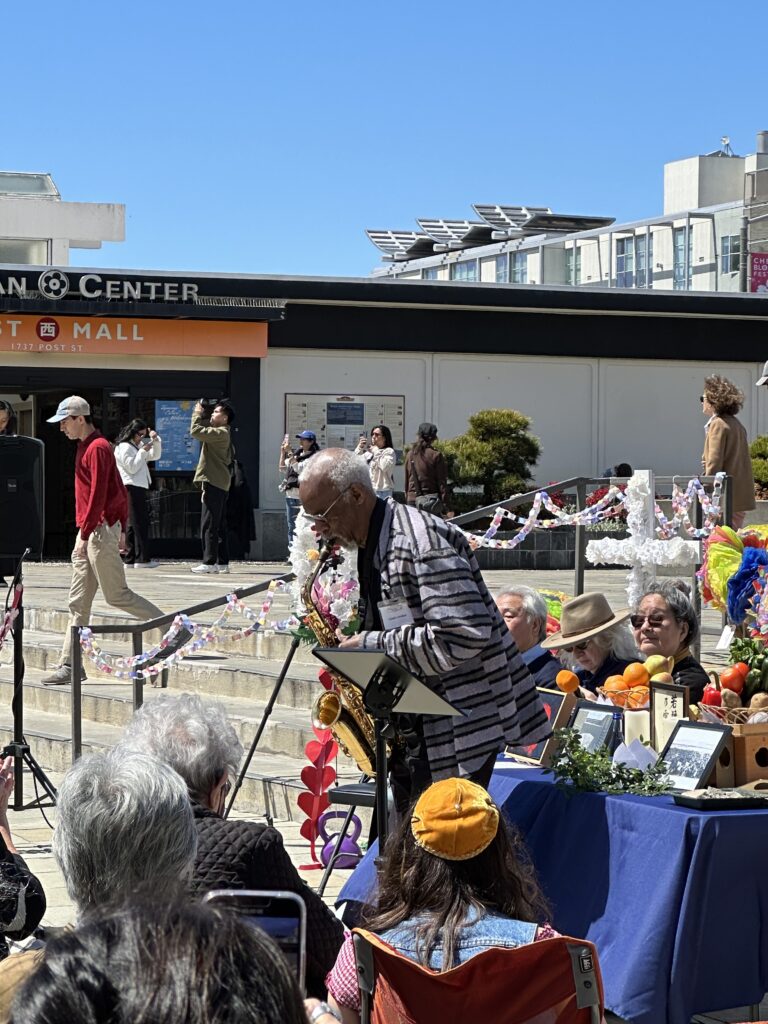
Wakasa’s friends also built a stone monument to remember Wakasa. They buried the monument after officials asked them to destroy but left a map so that people could find it. The monument was eventually located by researcher Nancy Ukai alongside archaelogist Mary Farrell and her husband Jeff Burton.
“I can tell you that it’s the most important artifact that Jeff and I have ever found at any site anywhere,” Farrell said at the memorial.
Masako Takahashi, who is also a descendant of Topaz survivors, said there was a “thrill of victory” in finding the stone monument. However, many descendants of survivors say that the victory was tainted when the Topaz Museum extracted the monument without the consent of the Japanese American community.
According to Hayashi and Takahashi, the museum’s director Jane Beckwith removed the monument with a forklift, damaging the stone.
“There were no archaeologists, no historians. No Japanese Americans were there to make sure that Mr. Wakasa’s monument and his soul were treated with respect,” Hayashi said.
Advocates were also disappointed that Beckwith and the museum removed a sacred object from its original home. Ukai said that advocates who will travel to Topaz in 10 days have asked that they be allowed to touch the stone at the end of a planned procession from the site of Wakasa’s barrack.
“In the words of the poet Yonsei poet, Brandon Shimoda: ‘This act of touching the Wakasa stone will be our hands touching however lightly, however, briefly, hands of the Issei,'” Ukai said.
(correction: Due to an error by Wikimedia, an earlier version of this story used an image incorrectly identified as Wakasa. The Wakasa Memorial Committee says there is no known photograph of Wakasa available.)
AsAmNews is published by the non-profit, Asian American Media Inc. Follow us on Facebook, X, Instagram, TikTok and YouTube. Please consider making a tax-deductible donation to support our efforts to produce diverse content about the AAPI communities. We are supported in part by funding provided by the State of California, administered by the California State Library in partnership with the California Department of Social Services and the California Commission on Asian and Pacific Islander American Affairs as part of the Stop the Hate program. To report a hate incident or hate crime and get support, go to CA vs Hate.



